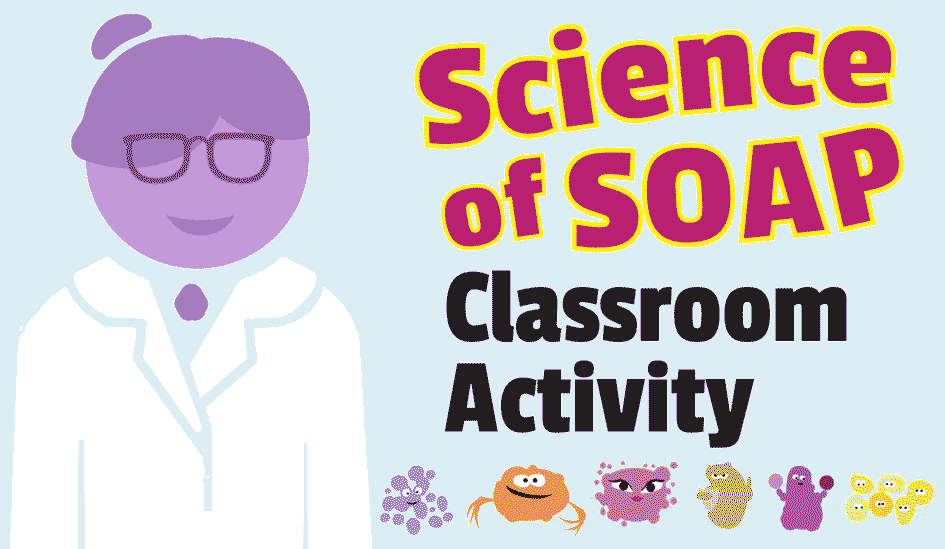
About
The American Cleaning Institute ® (ACI) is an organization of companies in the U.S. Cleaning Products Industry, including producers of household, industrial, and institutional cleaning products, their ingredients and finished packaging; chemical producers; and chemical distributors.
Science is at the heart of ACI and its member companies. Established in 1926, ACI is dedicated to serving the growth and innovation of the U.S. cleaning products industry by advancing the health and quality of life of people and protecting our planet.
We value sound science and strive to advance public understanding of the safety and benefits of cleaning products. Our mission with this website is to demonstrate how science plays an essential role in our daily lives and from that vantage point inspire children to seek careers in STEM fields. The next generation of scientists and other STEM workforce are vital to the continued advancement of health and quality of life around the world.

Contact
We would love to hear from you!
Please feel free to send along questions about our material or related to cleaning and cleaning products.
E-mail: technical@cleaninginstitute.org

STEM Toolbox
Are you a Parent? Teacher? Educator? Nanny? Camp Counselor? Or work with kids on a regular basis? Then this toolbox is for you!
We want to make it easy for you to use our material with your kids. Therefore, we have a number of resources for you:
- Science of Soap Activity
Hands-on activity where students “formulate” a cleaning product using colored sand - Lesson Guide
- Student Handout
- Station Printouts
- Science of Soap EBOOK
- Science of Soap Video